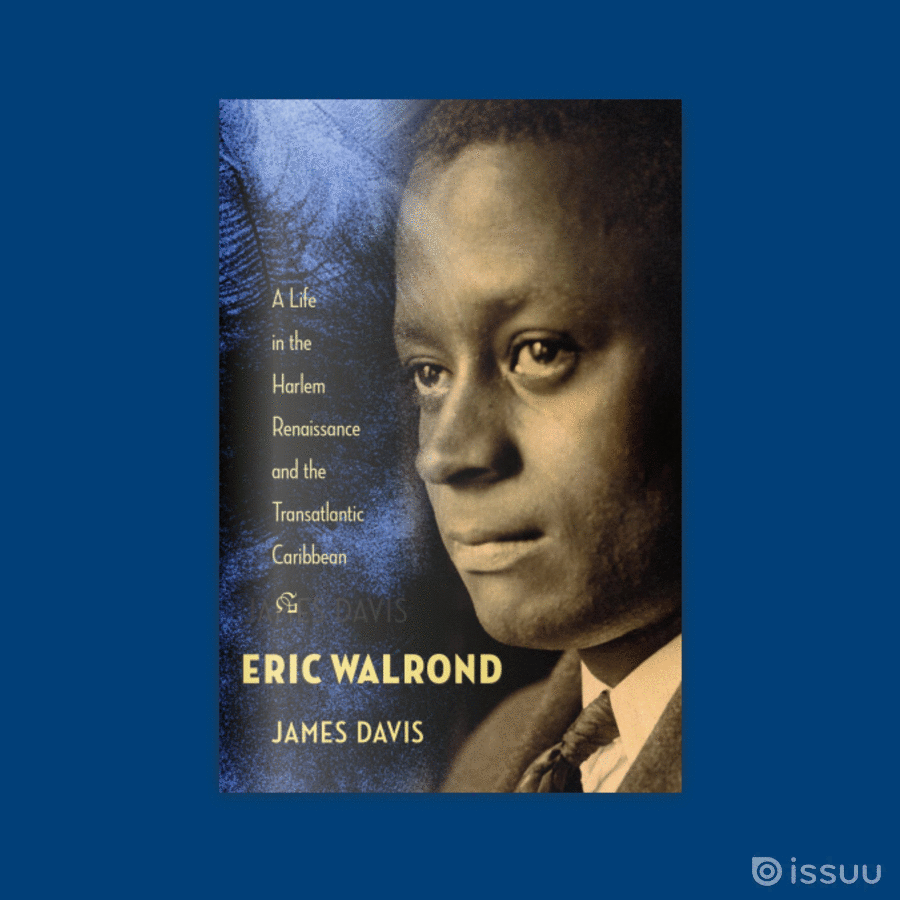An Interview with Juniper Ellis
In Tattooing the World: Pacific Designs in Print and Skin, Juniper Ellis traces the origins and significance of modern tattoo in the works of nineteenth- and twentieth-century artists, travelers, missionaries, scientists, and such writers as Herman Melville, Margaret Mead, Albert Wendt, and Sia Figiel. nnQuestion: What does tattoo mean? nnJuniper Ellis: The English word tattoo comes from the Pacific Islands word tatau. In Samoan, one of the meanings of tatau is “right, fitting, or proper.” That definition conveys how in the Pacific the designs help make the bearer fully adult, visibly ready to contribute to the community. On the other hand, the designs mean something quite different as they travel outside the Pacific, as the Irishman James O’Connell discovered to both his delight and dismay. In the 1830s O’Connell acquired a full-body tattoo in Pohnpei, where he married and became a member of the community. But in New York, where he gained fame as the first man to display his tattoos, women and children ran screaming from him. Ministers had warned from the pulpit that viewing the designs would transfer them to any woman’s unborn child. Tattoo spread like wildfire from the Pacific to the United States and Europe.nnQ: How did tattoo travel from the Pacific to the rest of the world?nnJE: Modern tattoo traveled on bodies, thanks to mobile Pacific Islanders and to visitors. Many explorers, traders, sailors, and even a renegade missionary or two acquired the patterns. It also traveled in books, inspiring narratives by writers like Herman Melville and anthropologists like Margaret Mead. Some of the more troubling ways in which the patterns traveled involved traffic in human beings, both living and dead. The first tattoos displayed in England were on the living body of Giolo, a Visayan man, who was purchased by an Englishman and displayed as “the painted prince” until he died in Oxford in 1692. Traffic in “baked heads”—tattooed ancestral heads alienated from sacred M?ori mortuary practice—reached such a peak that they warranted their own entry in the customs ledgers in Sydney. Though the trade was banned in 1831 it continued, and some of those human heads still reside in leading museums in Washington, DC, and New York.nnQ: Why does tattoo matter? nnJE: Tattoo is a living practice, an art that is a way of life. The patterns embrace the bearer, helping identify the person. In the Pacific that often means working with a well-defined set of motifs to proclaim the bearer’s genealogy and connections to the land and its guardians. Outside the Pacific, that often means a highly individualized creation of patterns and meaning. In both cases, the designs offer a way to make meaning and indicate belonging. The patterns are at once the most private and most public art: they mark the interface between the interior and the exterior, and indicate where the sacred and profane emerge, the personal and political intersect.nnQ: Why is there such an efflorescence of tattoo today? nnJE: Tattoo may be flowering today for the same reason it was created. The designs express strength, pride, and beauty, and are not incidental adornment but essential preparation for life. According to some M?ori traditions, the designs came from the underworld, when Mataora learned the technique from his wife Niwareka’s people. In that case, they may proclaim not only identity but also a form of tribute or even love, a merging of two worlds. In Samoan and Tongan stories, the designs come from Fiji; in Fijian stories, from Samoa. In the rest of the world and in their Pacific homelands, where the art has been practiced for more than three thousand years, the patterns indicate movement—cultural, personal, artistic, spiritual. The motifs actively help transform the bearer and the world.nnQ: What is the most surprising thing you learned about tattoo? nnJE: Tattoo is and was a flashpoint. Many missionaries loved the patterns, even as they worked to suppress or outlaw the practice of applying them (In some cases, the punishments are far worse than the “crime”: in nineteenth-century Tahiti, punishments included building roads with the bare hands and defacing the tattooed skin). Conversely, after the practice had been outlawed in the Society Islands, sovereignty movements made a special point of practicing tattooing on Sunday, during Church services. In places where it was banned or suppressed, like Tahiti, Tonga, Hawai`i, and New Zealand / Aotearoa, tattoo became a vital sign of political autonomy or rebellion.nnAn analogous flashpoint in the United States and Europe is that tattoo thrived in high society and the aristocracy during the late nineteenth century. The first professional tattoo artist in the United States, Martin Hildebrandt, almost moved his studio uptown from his location on Oak Street in lower Manhattan, because the number of society ladies acquiring tattoos were so large. But at the same time, early social scientists were certain the practice signified atavism, a proclivity toward murder, and a depraved sexuality.nnThe Pacific understanding of tattoo as marking an adult identity—and therefore indicating a mature strength and sexuality—offers a much greater potential for understanding why today more than a third of adults between the ages of eighteen and twenty-nine in the United States are tattooed.nnQ: If you had to choose one thing to say about tattoo, what would it be?nnJE: The Pacific designs are one of the most beautiful art forms in the world. Looking at these patterns, it is easy to understand why viewers have had such a voracious hunger for them. But it is important to consider how the patterns speak in Pacific languages, histories, and literatures, in order to understand some of their rich meanings. Otherwise the patterns may appear to be merely skin deep. The artists and writers who create them, the people who wear and honor them are key guides to the deeper worlds of tattoo.



